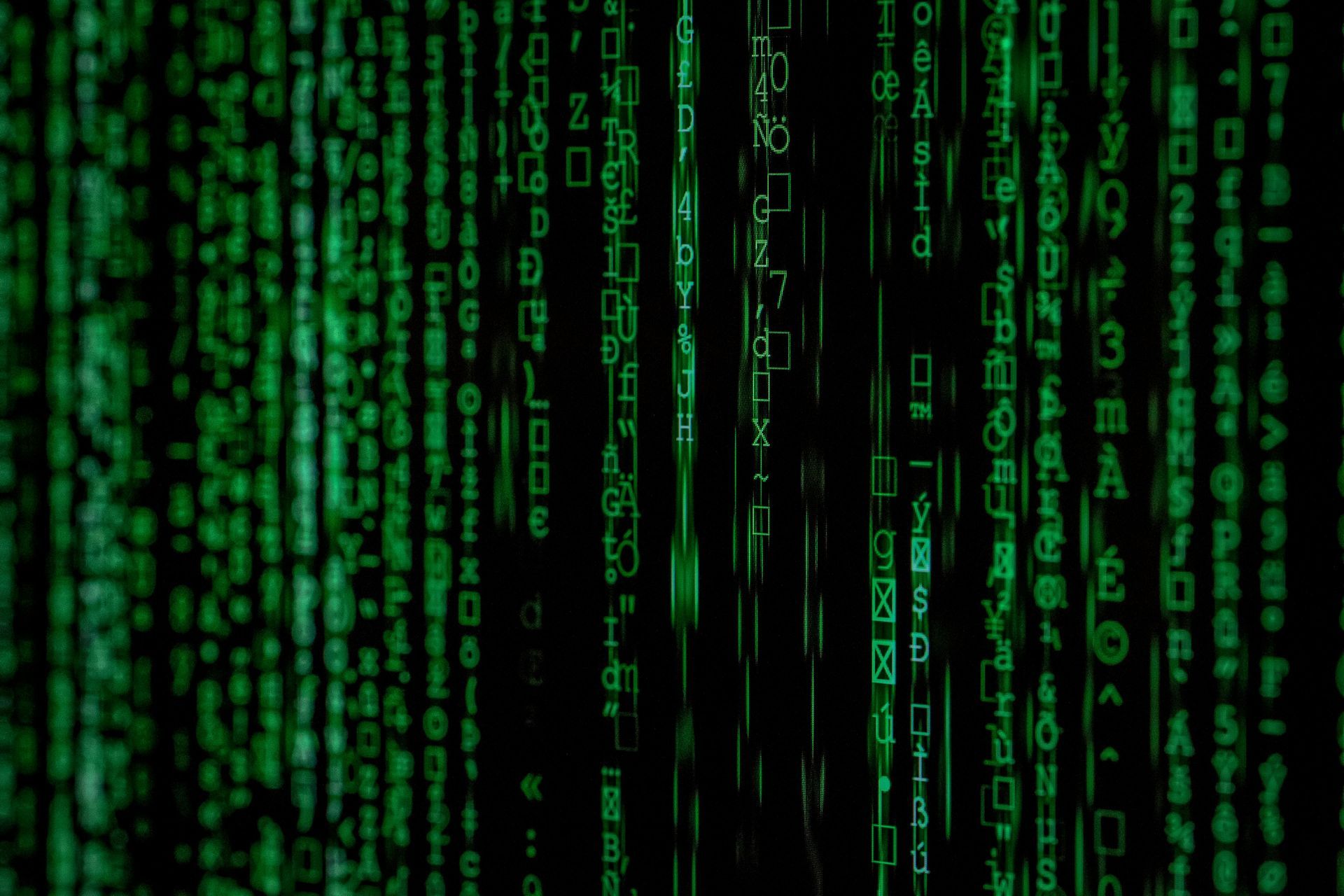Top 5 Emerging Threats in Cybersecurity for 2025
Navigating Tomorrow's Threat Landscape with Confidence

The cybersecurity landscape has never evolved faster than it is right now. In 2024, we witnessed explosive growth in artificial intelligence, major shifts in cloud security, and a dramatic increase in supply chain compromises. As we move into 2025, the stakes are even higher, with new threat vectors emerging that many organizations aren't yet prepared to defend against.
Here are the top 5 cybersecurity threats that professionals, businesses, and individuals need to watch closely in 2025.
AI-Driven Social Engineering Attacks
As mentioned in my previous blog, "AI and Cybersecurity: What's Hype vs What Actually Helps". Artificial Intelligence has become a double-edeged sword. While it empowers defenders with faster detection and response capabilities, it also enables attackers to automate and personalize social engineering attacks at scale. Deepfake videos, AI-generated phishing emails, and real-time voice cloning are making it almost impossible for users to distinguish legitimate communications from malicious ones.
Why it matters:
Traditional cybersecurity training and legacy email filters are no longer enough. Organizations must invest in behavior-based anomaly detection and advanced user verification to stay ahead.
Supply Chain Attacks on Open Source Dependencies
Attackers are increasingly targeting the backbone of modern development: open-source software and third-party vendors. Instead of going after hardened companies directly, they insert vulnerabilities deep within common used libraries or applications, affecting thousands or even millions downstream.
Real-world example:
The MOVEit Transfer attack and the SolarWinds compromise showed how a single weak link in the supply chain can ripple across industries.
Why it matters:
Most companies don't have full visibility into their software supply chain. 2025 will require stronger dependency management, continuous auditing, and deeper vendor risk assessments.
Identity Attacks and MFA Fatigue
While multi-factor authentication (MFA) remains a critical security control, attackers are finding ways around it. "MFA fatigue" attacks, where users are bombarded with repeated push notifications until they approve one, have become more common. Additionally, phishing kits are now capable of stealing MFA codes in real-time, and session hijacking attacks can bypass MFA entirely.
Why it matters:
Identity is now the perimeter. Organizations must move toward phishing-resistant authentication methods (such as FIDO2 keys) and educate users about the new tactics targeting MFA systems.
Operational Technology (OT) Under Siege
Critical infrastructure sectors like healthcare, energy, manufacturing, and transportation are increasingly interconnected with traditional IT environments, and increasingly vulnerable. Many OT systems were built decades ago with little thought toward cybersecurity, making them low-hanging fruit for attackers seeking to cause physical disruptions.
Why it matters:
Attacks against OT environments don't just impact data; they impact real-world operations and safety. In 2025, defenders must prioritize segmentation, monitoring, and incident response plans tailored specifically for OT/ systems.
Quantum-Ready Threats
Quantum computing may not yet be breaking today's encryption, but threat actors aren't waiting. Nation-states and advanced persistent threat (APT) groups are already harvesting encrypted communications and sensitive data today, anticipating that quantum computers will be able to decrypt it in the future, a tactic known as "store now, decrypt later."
Why it matters:
Sensitive data with a long shelf life , such as classified government information, intellectual property, and personal medical records, may be vulnerable years down the road. Preparing for the post-quantum future means starting migration to quantum-resistant cryptography now.
The threats emerging in 2025 demand a shift in mindset. Reactive defenses is no longer enough; proactive, intelligence-driven, and resilient cybersecurity strategies are essential. Organizations must rethink their assumptions, double down on identity protection, secure their supply chains, and start preparing today for tomorrow's realities, even those as far-reaching as quantum computing. Cybersecurity isn't standing still, and neither should we.



